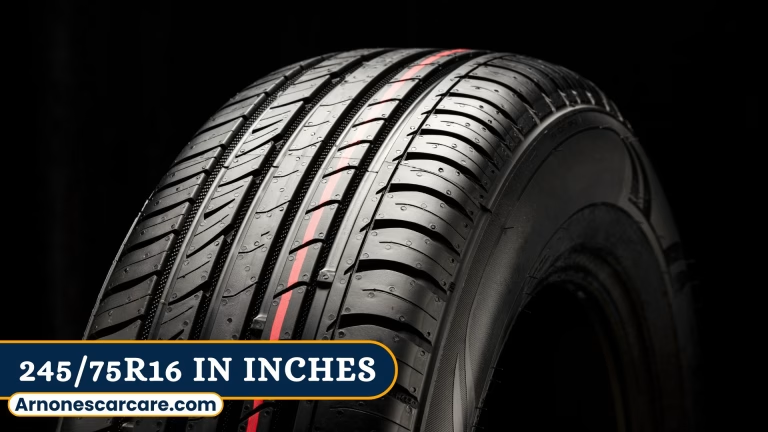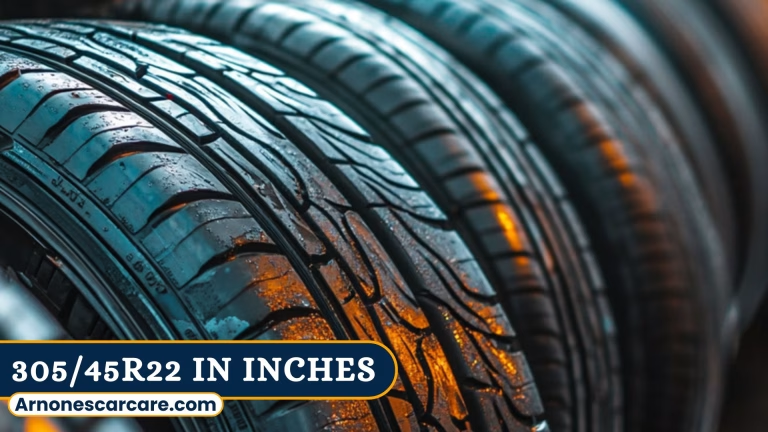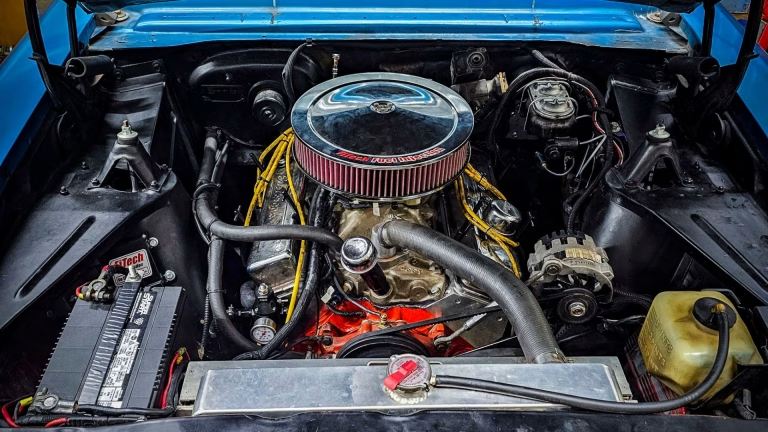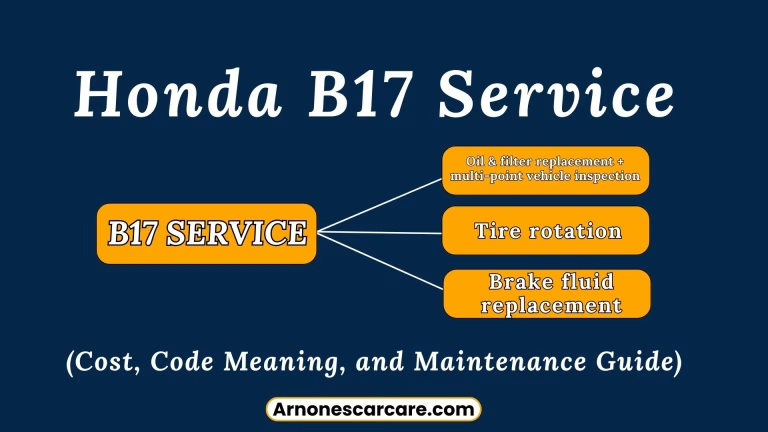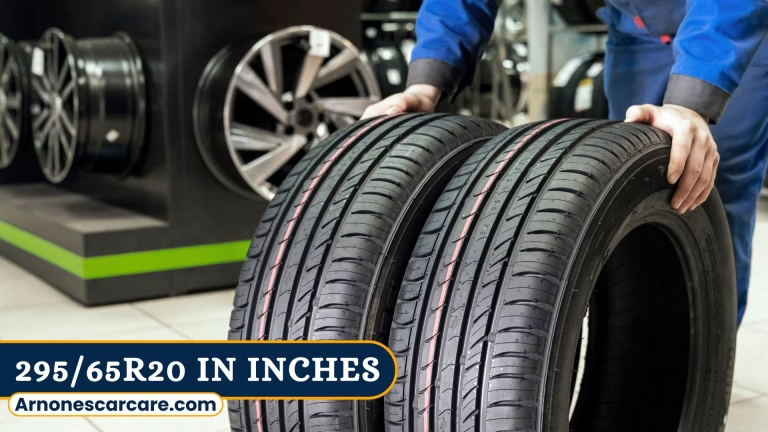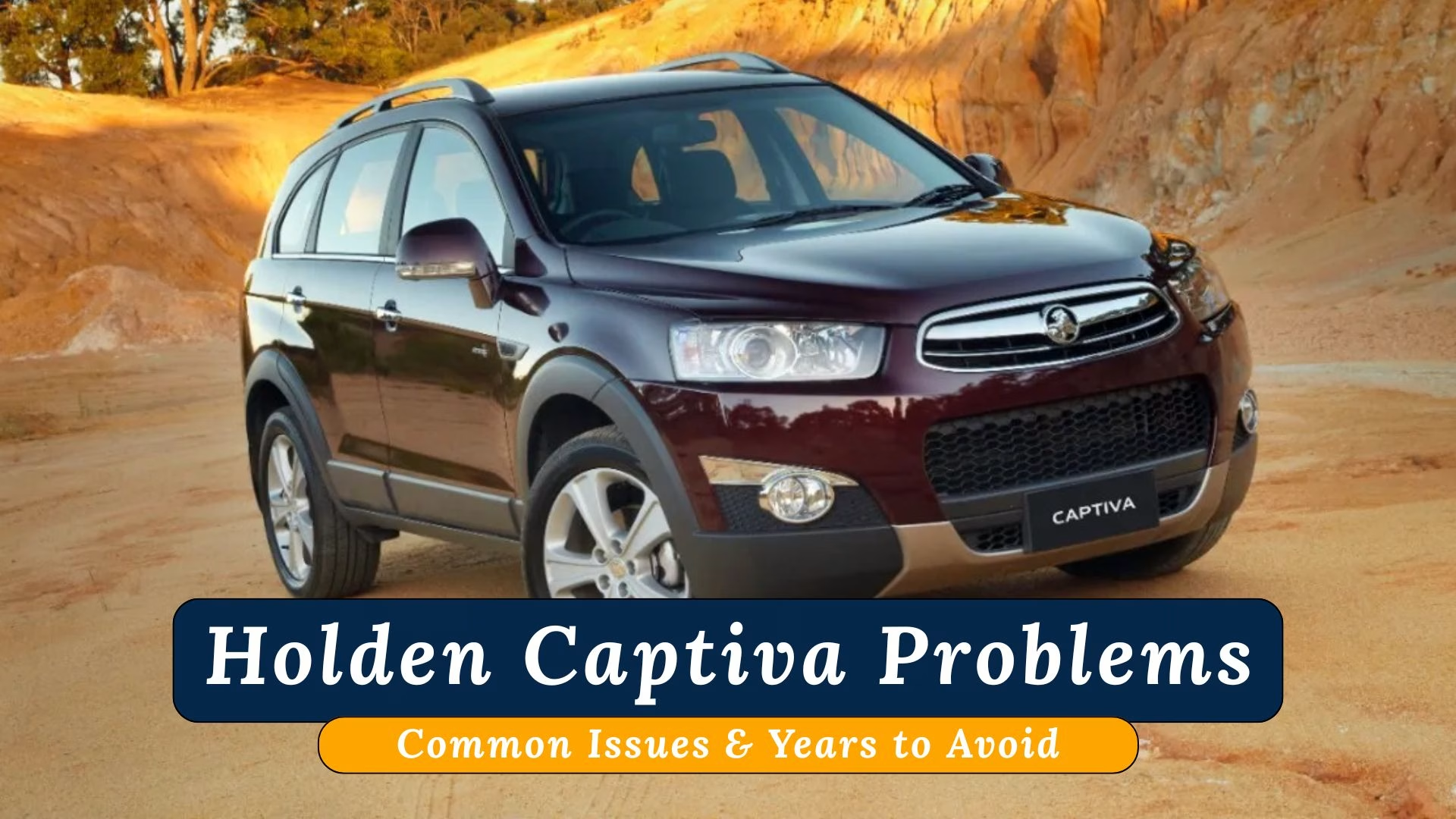
The Holden Captiva, a popular family SUV, is known for its affordability but also faces a range of mechanical and electrical issues. From transmission failures to air conditioning problems, many Captiva owners experience headaches with their vehicles.
In this blog, we’ll explore the most common Holden Captiva problems, including engine, transmission, and electrical faults, and provide practical solutions to help you keep your vehicle running smoothly. Whether you’re dealing with a slipping gearbox or faulty AC, we’ve got you covered with easy fixes to prevent costly repairs.
Key Things to Know About the Holden Captiva
The Holden Captiva is a mid-size SUV produced by General Motors under the Holden brand from 2006 to 2018. Manufactured in South Korea, it was designed for families and everyday driving, offering both five-seat (Captiva 5) and seven-seat (Captiva 7) configurations.
Key Features:
- Engine Options – 2.4L four-cylinder petrol, 3.0L V6 petrol, and 2.2L turbo-diesel.
- Transmission – Available in both manual and automatic.
- Technology – Apple CarPlay, Android Auto, and safety features like stability control.
- Flexible Seating – Adjustable configurations for passengers and cargo.
Market & Discontinuation:
The Captiva was known for its affordability but faced reliability issues. It was discontinued in 2018, replaced by the Holden Equinox (five-seat) and Holden Acadia (seven-seat).
What Models Were Available for the Holden Captiva?
The Holden Captiva was offered in two main variants, each catering to different passenger and cargo needs:
- Captiva 5
- Captiva 7
Trim Levels:
Throughout its production, the Captiva came in various trims, including:
- SX
- LS
- LT
- LTZ
- CX
- LX
- LT5
- LTZ5
Each of these models had its own set of strengths and weaknesses, but certain years suffered from major mechanical and electrical problems that made them unreliable.
How to Diagnose Problems in a Holden Captiva?
Identifying issues early can help prevent costly repairs in your Holden Captiva. Follow these steps to diagnose common problems:
- Check Warning Lights: If dashboard warning lights appear, use an OBD-II scanner to retrieve trouble codes for a precise diagnosis.
- Listen for Unusual Noises: Pay attention to sounds like rattling (possible timing chain issue) or grinding (could indicate transmission or steering problems).
- Inspect Tires: Uneven tire wear might signal suspension or alignment problems.
- Check the Battery: If the car struggles to start, inspect the battery for corrosion or low charge.
- Test Air Conditioning: Poor AC performance could be due to a refrigerant leak or compressor malfunction.
- Observe Driving Behavior: Issues like rough shifting, delayed gear changes, or the car pulling to one side may indicate transmission or brake system faults.
- Look for Fluid Leaks: Check beneath the car for oil, coolant, or transmission fluid leaks, which could indicate seal, transmission, or cooling system failures.
- Monitor Engine Performance: Signs like rough idling, misfires, or weak acceleration may point to engine trouble, such as fuel system issues or timing chain wear.
By staying aware of these warning signs, you can catch problems early and reduce the risk of expensive repairs.
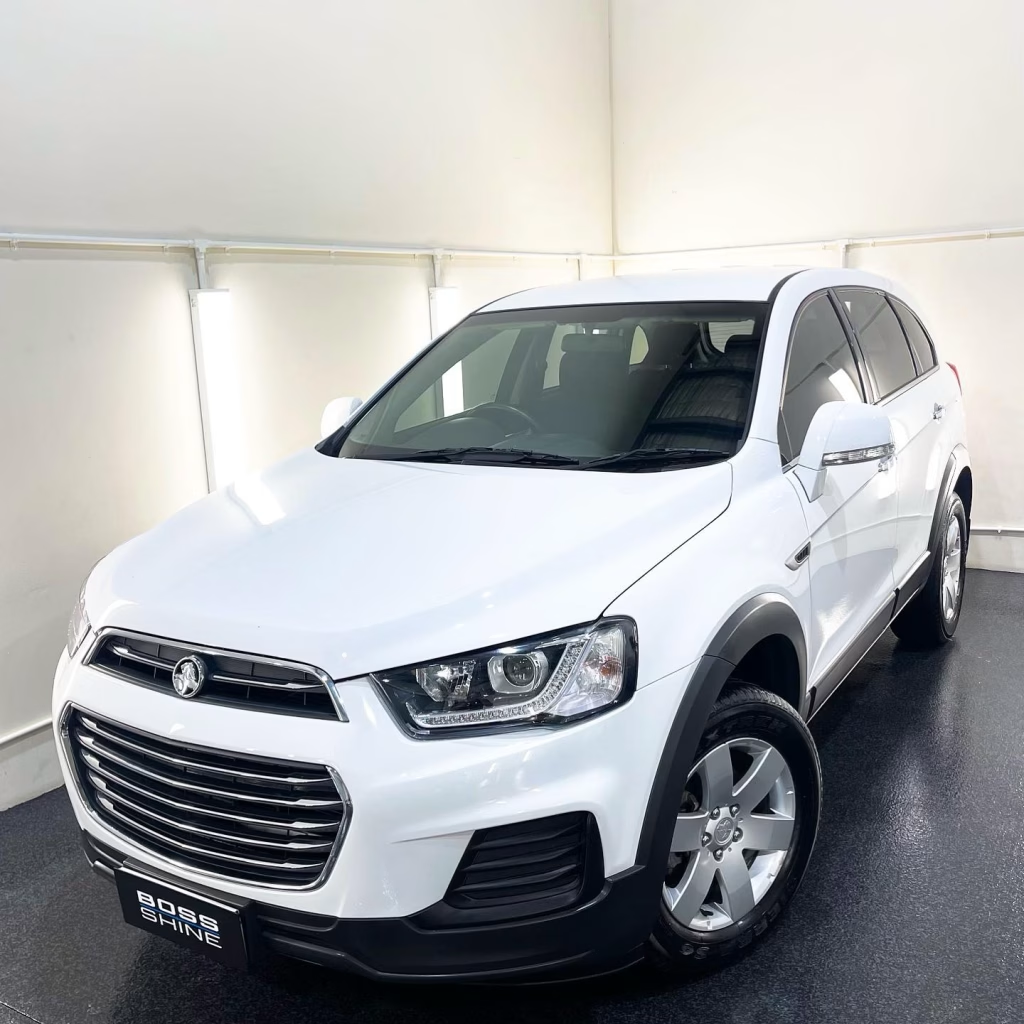
Common Issues with the Holden Captiva: Causes, Symptoms, and Solutions
The Holden Captiva has gained a reputation for frequent mechanical and electrical issues. If you own one or are considering buying, knowing these common problems can save you from expensive repairs.
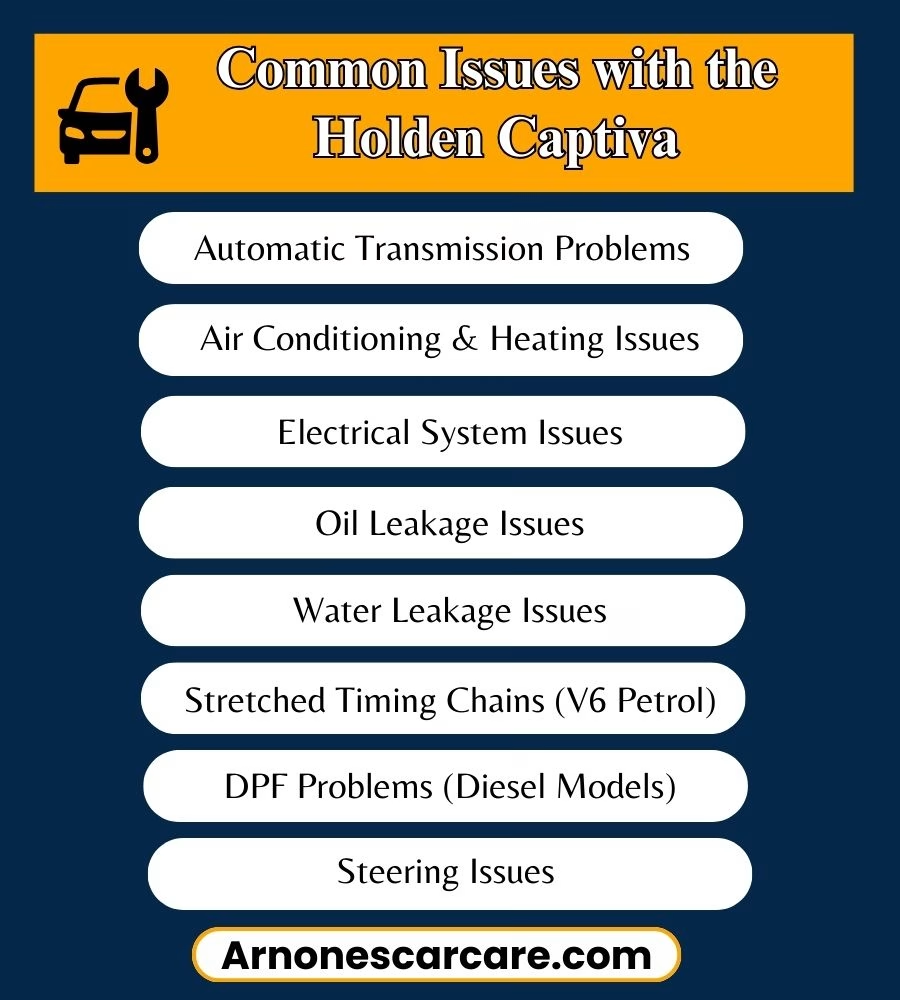
| Issue | Symptoms | Causes | Repair Costs |
| Automatic Transmission Problems | Gear slipping, unusual noises, complete transmission failure | Valve body issues, low/degraded transmission fluid, faulty solenoids, worn-out clutches, torque converter faults | Fluid Change: $200-$300 Repair/Rebuild/Replace: $2,500-$4,000 |
| Air Conditioning & Heating Issues | Unpleasant odors, insufficient cooling/heating, unusual noises | Blocked vents, dirty coils, low refrigerant, clogged filters | Refrigerant Recharge: $200-$300 Compressor Replacement: $800-$1,500 |
| Electrical System Issues | Dashboard warning lights, infotainment failures, battery drainage | Blown fuses, faulty alternator, weak battery, ignition switch issues, corroded wiring | Small Repairs: $100-$300 Infotainment Replacement: $500-$1,000+ |
| Oil Leakage Issues | Visible oil spots, low oil warning, burning oil smell, engine knocking | Overfilled oil, loose drain plug, damaged gasket, bad valve seals | Valve Cover Gasket: Standard costs Rear Main Seal: $600-$1,200 |
| Water Leakage Issues | Water inside cabin, moisture stains, electrical failures | Leaking heater core, clogged A/C drain, windshield seal issues, worn door seals | Fixes: $100-$500 |
| Stretched Timing Chains (V6 Petrol) | Engine rattling, rough idling, poor performance, engine failure risk | Chain elongation, engine-crankshaft synchronization failure | Repair/Replacement: $1,500-$4,000 |
| DPF Problems (Diesel Models) | Decreased performance, high fuel consumption, DPF warning light | Clogged DPF, incomplete regeneration | Forced Regeneration: $300-$500 DPF Replacement: $1,500-$3,000 |
| Steering Issues | Heavy steering, screeching noises, vibration or pulling | Low power steering fluid, faulty steering pump or rack | Fluid Top-Up: $50-$100 Pump Replacement: $400-$800 Steering Rack Replacement: $1,000-$1,500 |
Holden Captiva Models & Years to Avoid
Not all Holden Captiva models are terrible, but some years are particularly troublesome. Below is a breakdown of the worst years and why you should steer clear of them:

| Model Year | Common Issues | Reasons to Avoid |
| 2007-2008 | Electrical failures, engine troubles, build quality issues | Early models suffered from engine reliability concerns and transmission breakdowns. |
| 2009-2011 | Timing chain defects (V6 petrol), steering faults, brake failures, oil leaks | Persistent timing chain issues, fuel system problems, and overall unreliability. |
| 2012 | Air conditioning failures, transmission troubles | Poor cooling efficiency and ineffective gear shifting. |
| 2013-2014 | Electrical system failures, suspension defects, water leaks | Water ingress caused interior damage, along with persistent suspension and electrical faults. |
| 2015 | Transmission slipping, engine stalls, fuel system malfunctions | Unstable performance due to faulty transmission and unreliable engine. |
| 2016 | Electrical malfunctions, poor braking, suspension failures | Safety concerns from weak braking systems and suspension issues. |
| 2017 | Air conditioning faults, engine overheating, excessive oil consumption | Costly maintenance due to overheating and high oil usage. |
Why These Years Are Problematic?
The Chevrolet Captiva has faced several reliability concerns over the years, making it a less favorable choice for long-term ownership. From mechanical failures to electrical malfunctions, many issues can lead to costly repairs. Here’s a breakdown of its common problems:
- Recurring Mechanical Issues: Several model years of the Captiva experience transmission, engine, and suspension problems, often leading to expensive repairs.
- Electrical Malfunctions: Owners frequently report sensor failures, window malfunctions, and infotainment glitches, impacting both reliability and comfort.
- Costly Repairs: Common issues such as timing chain failures, oil leaks, and transmission breakdowns often come with high repair expenses.
- Weak Long-Term Reliability: Due to persistent problems across multiple systems, the Captiva may not be ideal for those looking for a dependable long-term vehicle.
Why is the Holden Captiva So Cheap?
The Holden Captiva is often priced lower due to several factors:
- Many models are rebadged Daewoo or Opel cars, which are generally less desirable than Australian-made Holdens.
- Australian-built Holdens tend to hold higher value, especially when well-maintained.
- Some Captiva models may offer decent value, but sellers sometimes list them at higher prices.
- If looking for a reliable and budget-friendly alternative, a 3.8L 2000s Commodore with low kilometers is a great option.
- Commodores (especially 2005 or earlier models) are cheap to repair, with affordable parts and simple maintenance.
How Can You Prevent Holden Captiva Problems?
Regular maintenance is key to keeping your Holden Captiva running smoothly and avoiding costly repairs. Follow these simple tips to prevent common issues:
- Regular Servicing: Stick to the recommended service schedule, including oil changes, filter replacements, transmission fluid changes, and brake inspections. Routine maintenance helps detect issues early.
- Monitor Fluid Levels: Check and maintain proper levels of engine oil, transmission fluid, and brake fluid to prevent wear and mechanical failures.
- Listen for Unusual Noises: Pay attention to squealing brakes, rattling engines, or grinding sounds—these could signal underlying problems that need immediate attention.
- Inspect Tires and Brakes: Ensure tires have adequate tread depth and proper inflation. Regularly check brakes for wear and replace brake pads or rotors as needed.
- Cooling System Maintenance: Keep the cooling system in top shape by flushing and refilling it at recommended intervals to prevent overheating and related engine damage.
- Check Steering and Suspension: Inspect power steering fluid and suspension components for leaks or worn parts to avoid expensive future repairs.
Holden Captiva Review: Practical but Lacking Excitement
The Holden Captiva serves as an affordable family SUV, but its driving experience falls short of expectations. The steering feels inconsistent, with left turns requiring more effort than right, making handling less refined. Ride quality is average, neither exceptionally smooth nor particularly engaging.
The petrol engine performs better than its diesel counterpart, but fuel consumption tends to be higher than advertised, making it less economical in real-world conditions. While the Captiva comes with a decent set of features, it fails to impress in performance and reliability.
Many buyers choose it for its budget-friendly price and practicality—ideal for family use or daily commuting. However, compared to rivals in the same category, it lacks refinement and doesn’t offer the best overall driving experience. While not the worst SUV on the market, it often struggles to live up to expectations, reinforcing its mixed reputation.
FAQs:
Q. What are the Holden Captiva years to avoid in Australia?
Avoid 2006–2018 models, as they are prone to engine problems, transmission failures, and electrical faults.
Q. Why is the Holden Captiva considered cheap?
Its affordability is due to its rebadged Daewoo/Opel origins, frequent mechanical problems, and high maintenance costs.
Q. How do I know if my Holden Captiva’s timing chain needs replacing?
Watch for symptoms like engine rattling, rough idling, poor acceleration, and misfires, which indicate potential timing chain wear.
Q. Is the Holden Captiva a reliable vehicle?
While proper maintenance can improve reliability, the Captiva is known for persistent mechanical and electrical issues, especially in older models.
Q. What are the common problems with the Holden Captiva?
Frequent problems include transmission failures, electrical malfunctions, HVAC system faults, and oil leaks, all of which can lead to expensive repairs.

